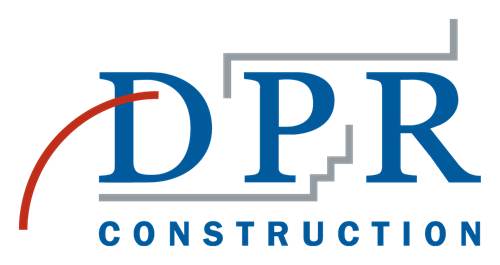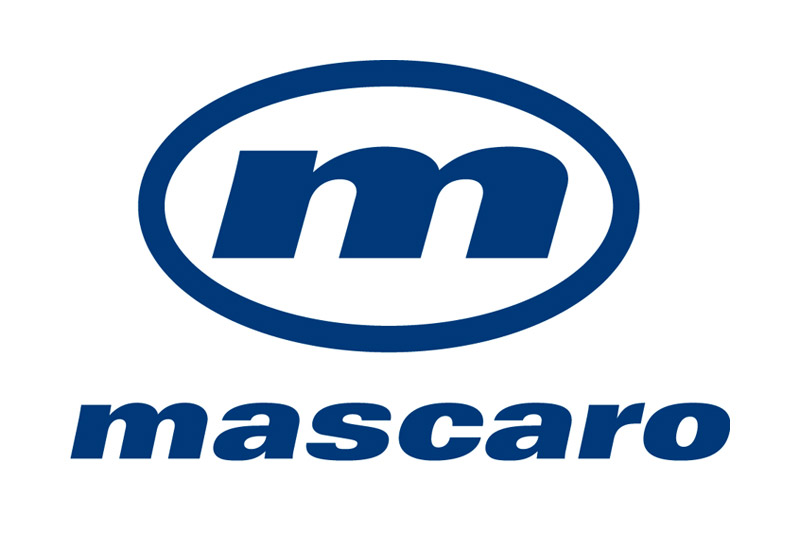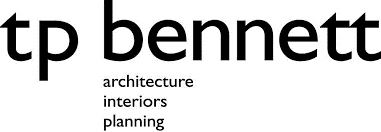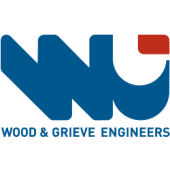Vous devez activer les cookies pour accéder à ce site.
Why Newforma
Newforma. Your partner for all things AECO construction project information management.
Find out moreImprove project delivery times.
Efficiency. Communication. Organization.
Reduce and mitigate risk of litigation
Archives. Audit Trails. Dispute Resolution.
Improve collaboration
Inclusive. Real-time Action Items. Sharing.
Newforma Konekt
Cloud-hosted construction project information management for improved communication, and increased efficiency.
- Keep everyone on track by collaborating in real-time.
- Find the information you need fast.
- Manage all your project information from one place.
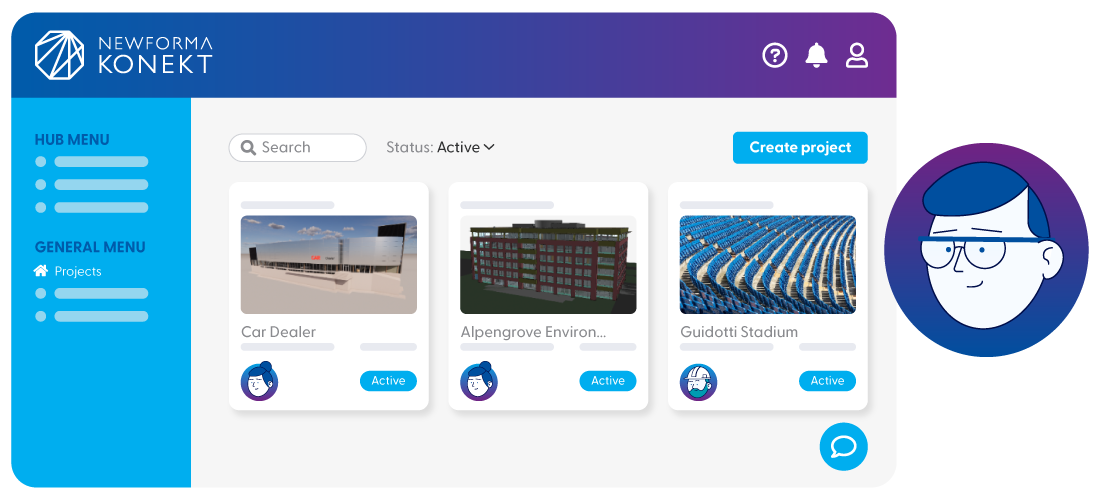
Newforma Project Center
Project Information organized and available where you need it.
- Reach across applications and unify your project information in one central view.
- Make project email accessible and searchable by everyone on your team.
- Save time issuing packages, managing revisions, and tracking status.
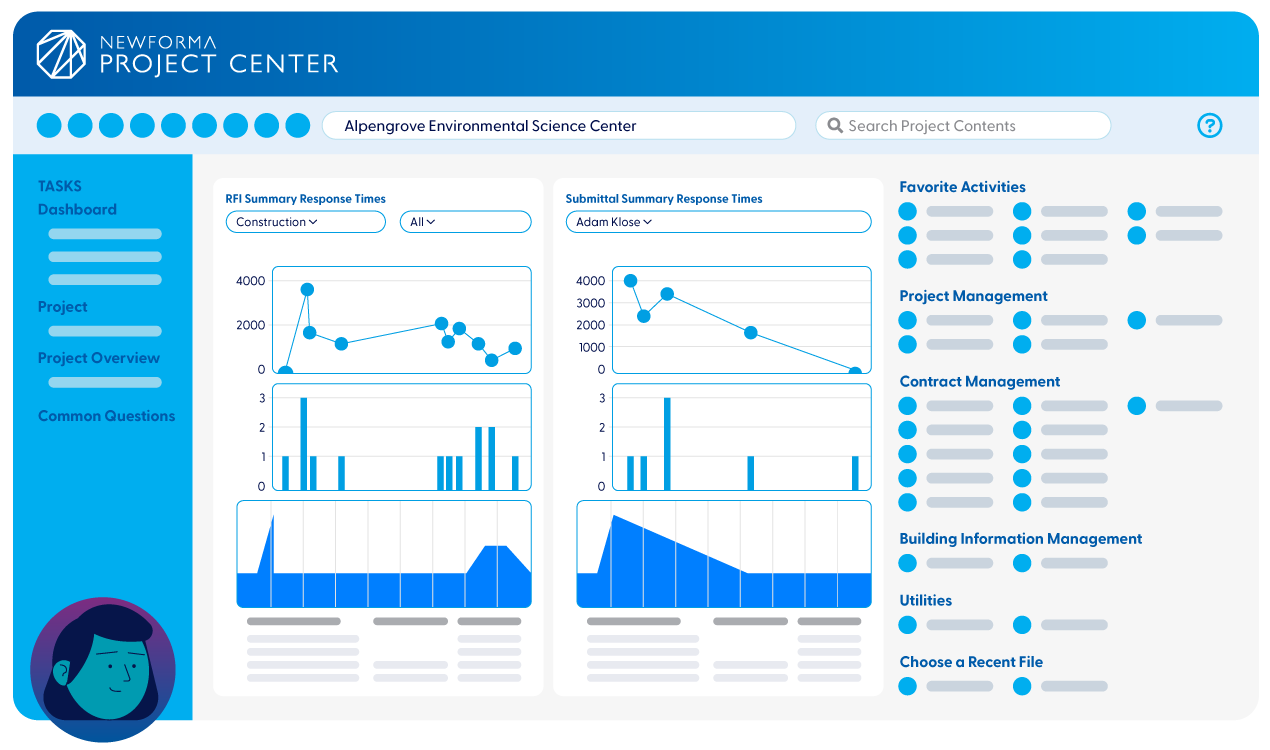
Newforma Constructex
Cloud-hosted software for one project or many.
- Simplify submittals, RFIs, and document management.
- Manage current sets of drawings, sheets, or specifications and download packages.
- Automated workflow by user role keeps everyone on track.
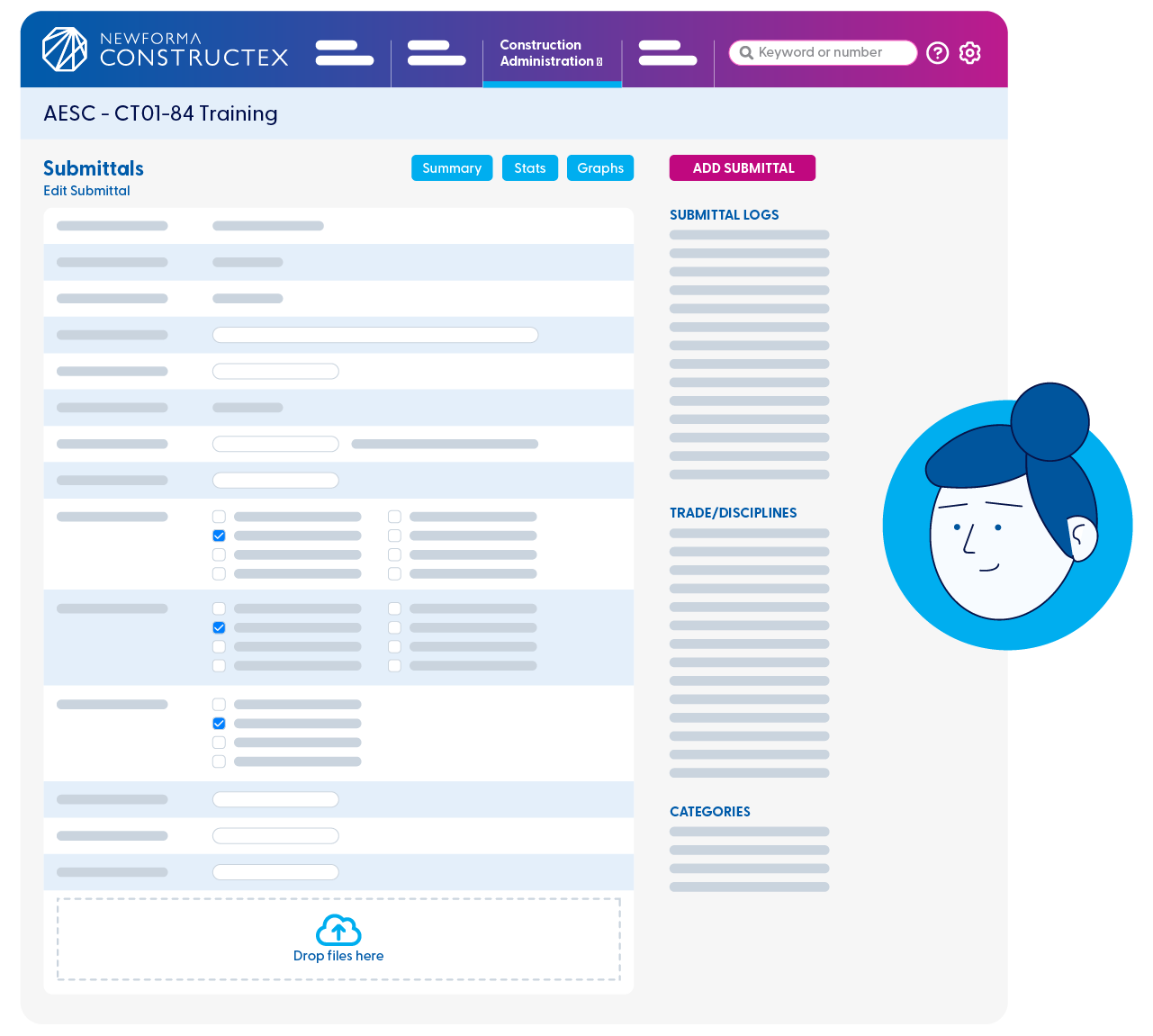
-
Focus on the work you love. Let us worry about the rest
Trusted by







